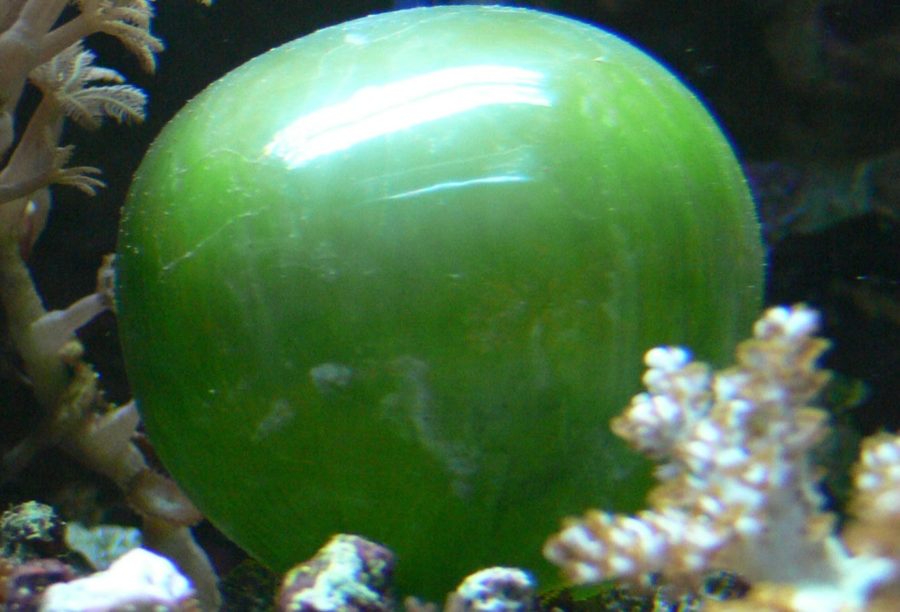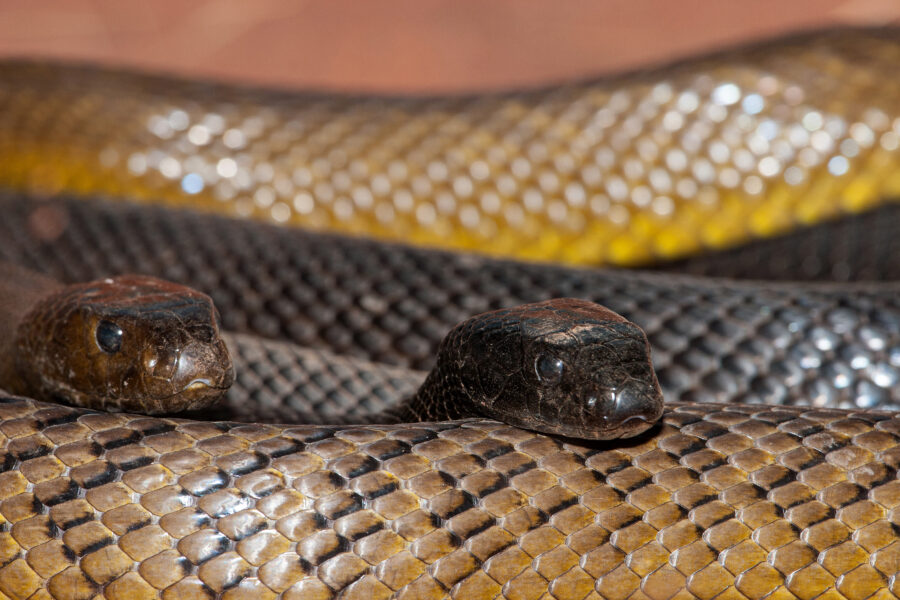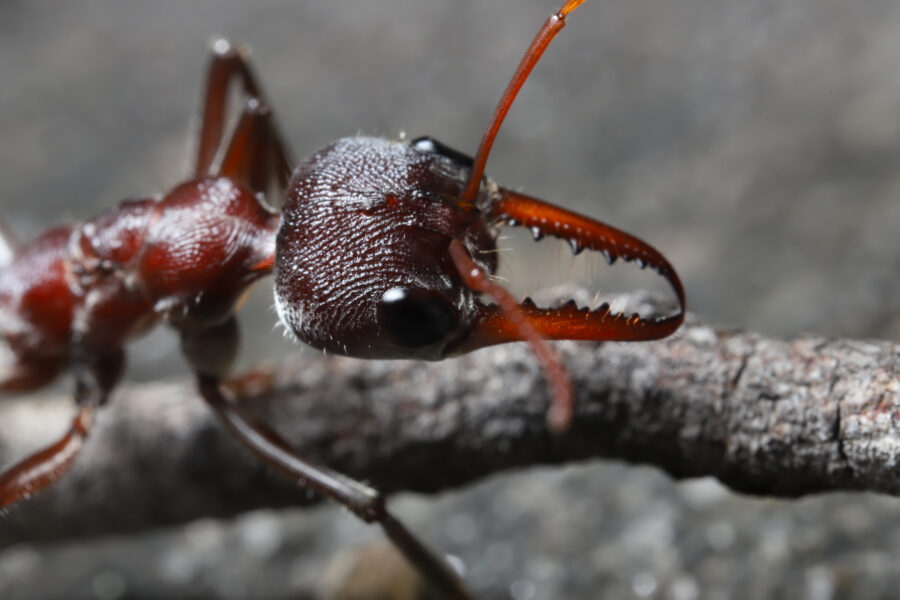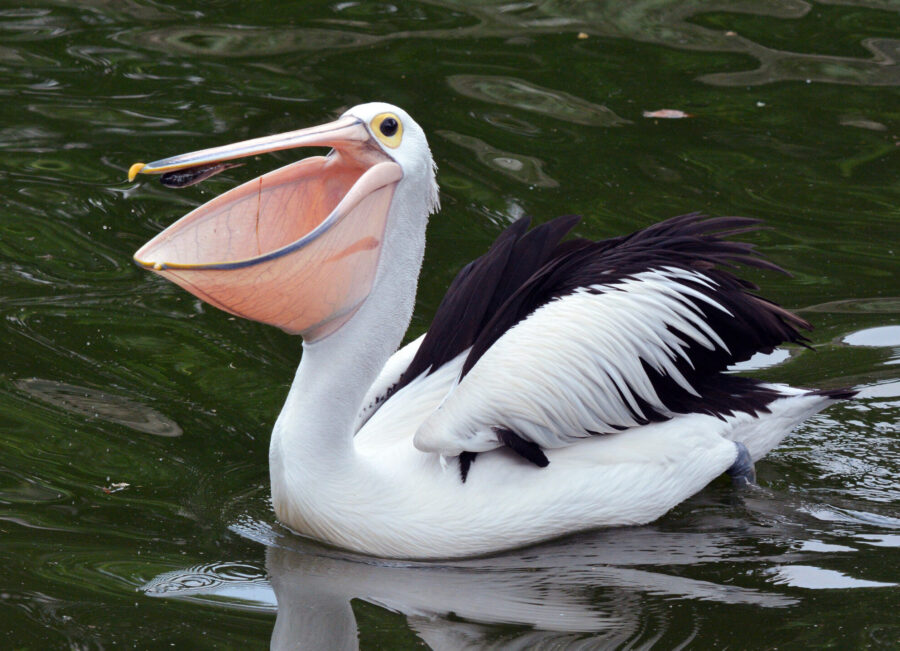This bizarre bubble creature is a single living cell

Bec Crew
Bec Crew

We’re used to thinking about cells as microscopic building blocks of life – more than 37 trillion of them knit together to create humans, and you need about 5 million to make a fly. Of course, we learn in high school biology that there are simple, single-celled organisms, but we’re used to them looking like this:
Microscopic. Impossible to perceive with the naked eye.
But then there’s bubble algae (Ventricaria ventricosa, formerly Valonia ventricosa), a species that is neither plant, nor animal, and at up to 9 cm in diameter, and is one of the largest single-celled organisms on Earth.
Found in tropical and subtropical ocean waters across the globe, including off the coast of Australia, bubble algae sit among coral rubble and mangroves, their unusual sheen making them appear like giant pearls below the surface.
They come in shades of green, from bright emerald to a dark moss, but can appear silver, teal, or black through the water. Their uncanny spherical shape has earned them the nickname, sailor’s eyeballs, and you can see why in this clip from Lady Elliot Island in Queensland:
So how did something that only consists of a single cell grow to be so large?
Well, bubble algae are known as coenocytic organisms, which means they have many cell nuclei, but they’re not separated by cell walls. This phenomenon occurs when there is repeated division of the nucleus, but not of the cytoplasm, of the original cell.
This means that, technically, bubble algae only have one cell, but that cell contains the parts of multiple cells, which allows the species to grow to a macroscopic size.
The biggest single-celled organism in the world is structured in the same way: an aquatic alga called Caulerpa taxifolia, which can grow to 30cm long.
Native to tropical Australia and the South Pacific, single-celled Caulerpa can grow very rapidly, which makes its invasive potential a real worry. Bubble algae are just as bad – they are a notorious scourge among aquarium enthusiasts, who say that if you pop one, you’ll end up with many, many more.
Here’s a TED-Ed video explaining why single-celled bubble algae are a thing, but single-celled elephants are not:




